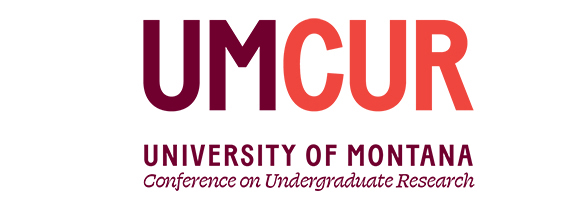Oral Presentations
Project Type
Presentation
Faculty Mentor’s Full Name
Lu Hu
Faculty Mentor’s Department
Chemistry
Abstract / Artist's Statement
The High-quality Atmospheric Readings and Telemetry (HART) Station is a modular, solar-powered array of tripod-mounted meteorological and particulate matter (PM) instruments. It also includes a data-logger and a laptop which consolidates collected data and uploads it to a remote storage cache in Google Drive. There are three main purposes for the HART station:
-
Provide quality PM data to assist in filling in the PM data gap in Montana.
-
Increase awareness and education of the public, primarily the middle and high-school demographics, of the importance of meteorological and air quality studies and the potential health-risks of PM exposure.
-
Contribute to the STEM outreach efforts in terms of data visualization and data analysis.
Goal #1 is accomplished by recording and caching high-quality meteorological and PM data using the HART Station. The raw meteorological and PM data is available on request. Goals #2 and #3 are accomplished through the HART Station Web-Application (HSWA), and a dedicated HART Station display at the SpectrUM Science Museum. The HSWA is an educational, interactive data-visualization, appropriate for middle-school and high-school demographics, of the PM and meteorological data, built in R-Studios and containerized using Docker. This application is being incorporated into the display at the SpectrUM Science Museum, and a beta test version is currently accessible online in any mobile or desktop browser (https://hart-app-8dvl4.ondigitalocean.app/). This presentation will summarize the methods and instruments used to collect the data, demonstrate the visualization of the data via the HSWA, and describe the means by which this project contributes to the dual efforts of raising public awareness of meteorological and air quality studies, and STEM outreach.
Category
Physical Sciences
Overview: High-Quality Atmospheric Readings and Telemetry (HART) Station
UC 330
The High-quality Atmospheric Readings and Telemetry (HART) Station is a modular, solar-powered array of tripod-mounted meteorological and particulate matter (PM) instruments. It also includes a data-logger and a laptop which consolidates collected data and uploads it to a remote storage cache in Google Drive. There are three main purposes for the HART station:
-
Provide quality PM data to assist in filling in the PM data gap in Montana.
-
Increase awareness and education of the public, primarily the middle and high-school demographics, of the importance of meteorological and air quality studies and the potential health-risks of PM exposure.
-
Contribute to the STEM outreach efforts in terms of data visualization and data analysis.
Goal #1 is accomplished by recording and caching high-quality meteorological and PM data using the HART Station. The raw meteorological and PM data is available on request. Goals #2 and #3 are accomplished through the HART Station Web-Application (HSWA), and a dedicated HART Station display at the SpectrUM Science Museum. The HSWA is an educational, interactive data-visualization, appropriate for middle-school and high-school demographics, of the PM and meteorological data, built in R-Studios and containerized using Docker. This application is being incorporated into the display at the SpectrUM Science Museum, and a beta test version is currently accessible online in any mobile or desktop browser (https://hart-app-8dvl4.ondigitalocean.app/). This presentation will summarize the methods and instruments used to collect the data, demonstrate the visualization of the data via the HSWA, and describe the means by which this project contributes to the dual efforts of raising public awareness of meteorological and air quality studies, and STEM outreach.
